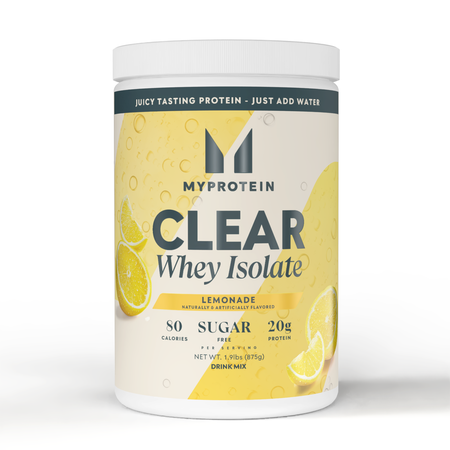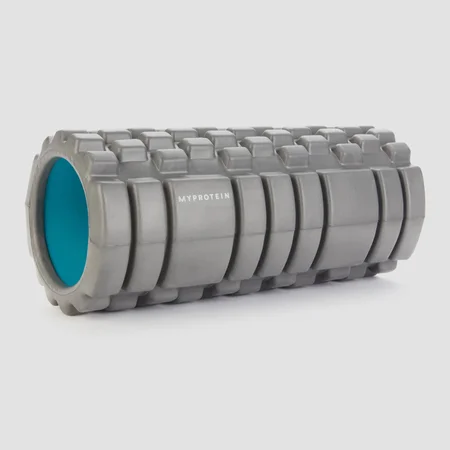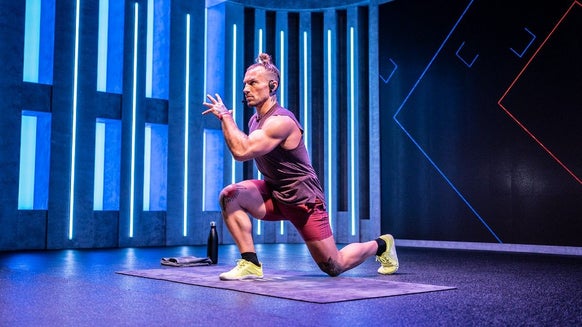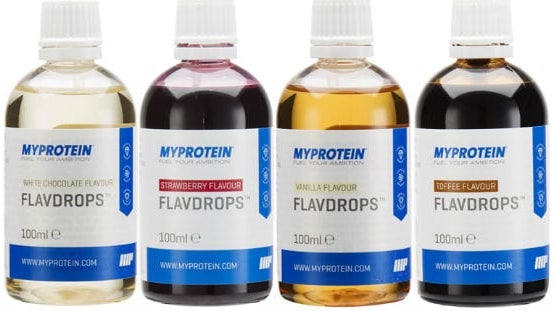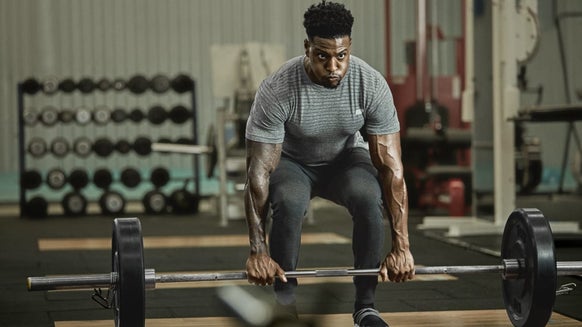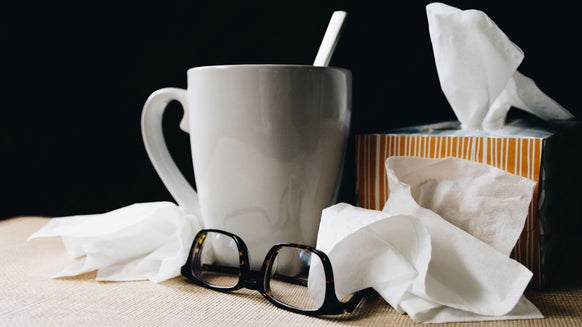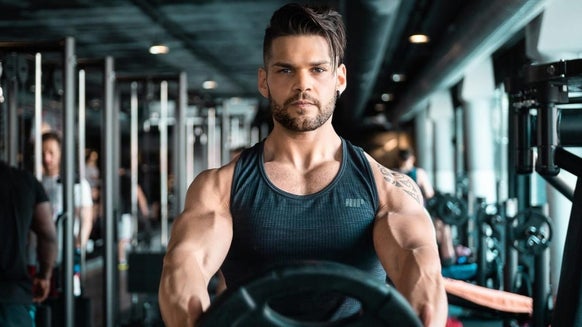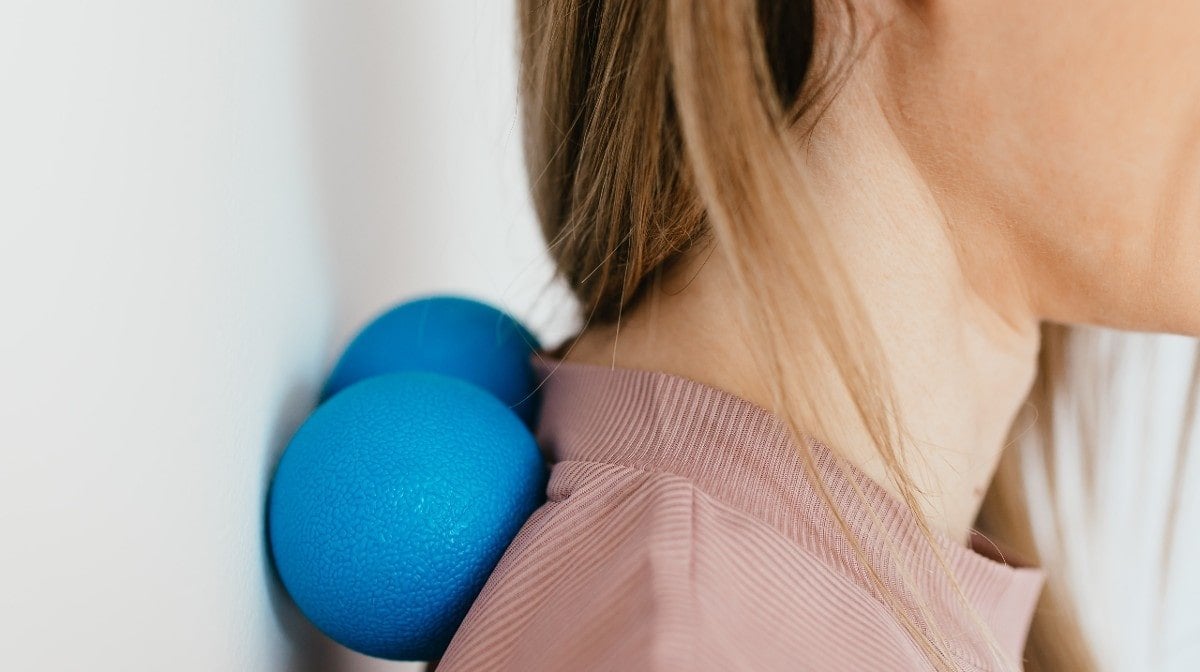
OK, I don’t want to upset anyone with today’s topic of conversation. It’s a painful one. That's right, today we’re talking DOMS.
The good news is I won’t only be talking about how horrible and uncomfortable it is. Instead, Myprotein PT Max Leonard is here to tell us exactly what DOMs is and how to reduce symptoms of it.
He also answers the BIG question — is DOMS the sign of a good workout?
Here are all the details.
What is DOMS?
DOMS is delayed onset muscle soreness. It's the ache in your muscles you feel hours or days after a workout.
Max explains that the most common symptoms are mild aching and tiredness of the muscles, and they usually cause a decreased range of motion. But symptoms can be more severe in some cases.
Max says your symptoms should usually begin to ease off after about three days, phew.
What causes DOMS?
Exercise, of course, but what kind?
Max explains that DOMS is caused by exercise that’s much higher in volume or much more intense than what your body is used to. This causes tears in the muscles that lead to DOMS.
Is DOMS bad for you?
For those of you who love the feeling of DOMS because it feels like you’re making progress, this answer from Max might come as a surprise …
While DOMS isn’t a bad thing in the long term — you recover quickly and aren’t suffering from a serious injury — that doesn’t mean they’re good for you either.
Max says: “you don’t have to go chasing DOMS after every workout”. Louder please for the people in the back.
In fact, DOMS can be detrimental to training. This is because it could set some of your other workouts back as you may have to skip another workout as a result, or you may have to lower the volume or intensity in your next session.
Anyway, the more you work out, the more your body gets used to it, and the less sore you’ll be.
Is DOMS the sign of a good workout?
Remember the first leg day you ever did? Or more importantly, remember not being able to walk the day after? Ouch.
Well, that feeling wears off as you work out more and more. So as a rule of thumb, Max says 48 hours is a reasonable recovery period.
“You should be able to repeat an exercise or workout on the same body part 48 hours later, to the same level, as this should be enough time for your muscles to recover.”
And now the answer to the big question; is DOMS the sign of a great workout? Brace yourselves DOMS lovers ...
“This doesn’t mean that you have to actually feel any soreness after a workout for it to be an effective one.”
That’s right, no soreness doesn’t mean you had a rubbish workout. In fact, your workout was probably still very effective.
How to reduce DOMs
OK, so now you know you don’t need to feel sore to have had a good workout, do you want to find out how to avoid them so you can get back in the gym quicker? Thought so.
Max says the first port of call is always prevention. But while you might instantly think that proper stretching before and after a workout is the answer, that’s not the case.
Studies have shown that proper stretching pre and post-workout has very little effect on DOMS. (Though it is very important for other reasons!)
Next is nutrition.
What you eat can have a big impact on your recovery. And Max makes clear “carbs are not the devil. They’re fuel for [the] body and key in making sure [it] is prepped for exercise.”
Keeping your protein high is also vital for recovery. Max suggests aiming for 1.7g of protein per kilogram of body weight per day. (LINK TO HOW MUCH PROTEIN ARTICLE)
But the simplest and best way to reduce DOMS is simply to not overdo it in the gym.
Progressive overload is great and essential for building muscle but progressing too quickly can cause extreme DOMS and even risk injury. Do what your body feels comfortable with, while keeping things challenging.
Should I train while I have DOMS?
The simple answer from Max is no.
If you train a muscle group that’s still trying to recover, you’re just tearing the muscle further and before it’s been able to rebuild stronger, hindering your progress.
Take home message
Whether you love DOMS or hate it, it’s usually unavoidable at some point in your fitness life.
But feeling sore after every single workout is not necessarily an indicator of a good workout. In fact, you could be hindering your progress by doing too much.
Fuel properly, push yourself just enough, and don’t overdo it — you don't need to feel sore all the time to make progress.
READ THESE NEXT:

